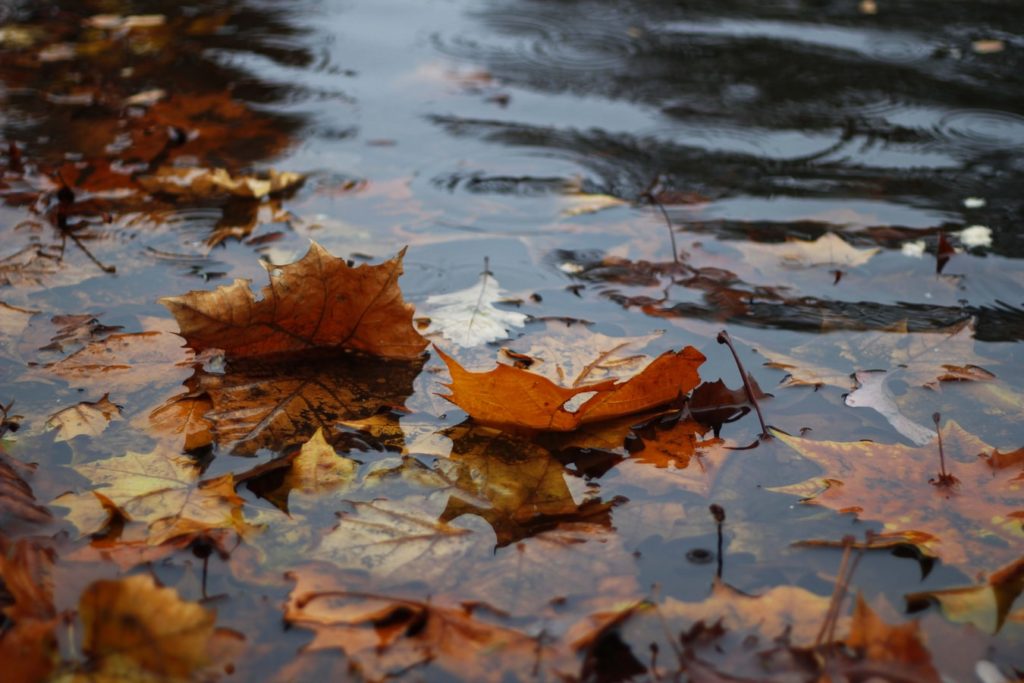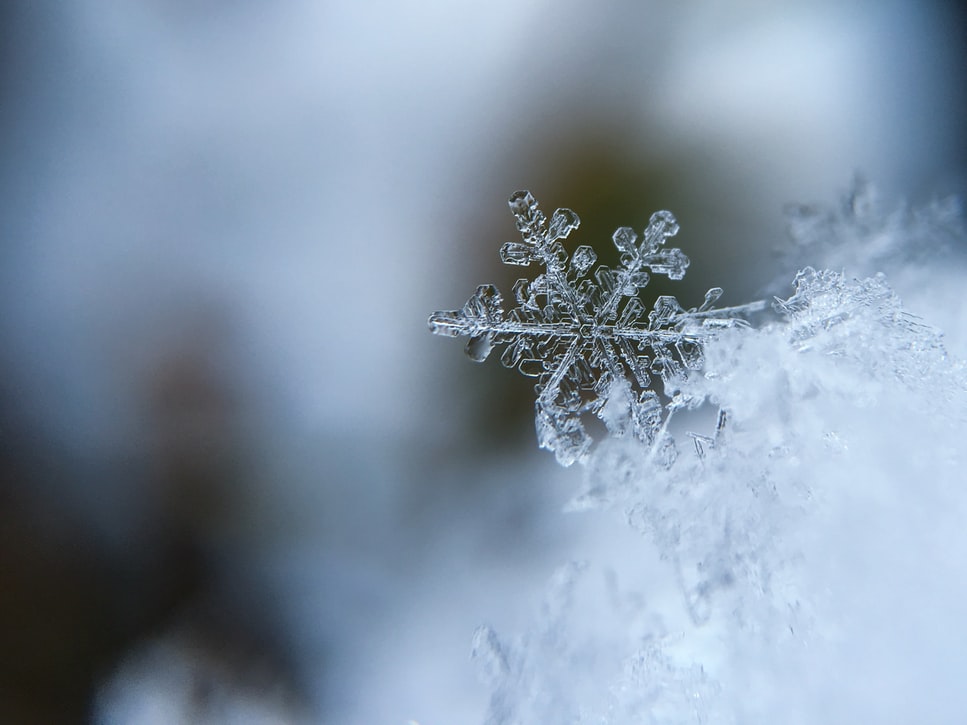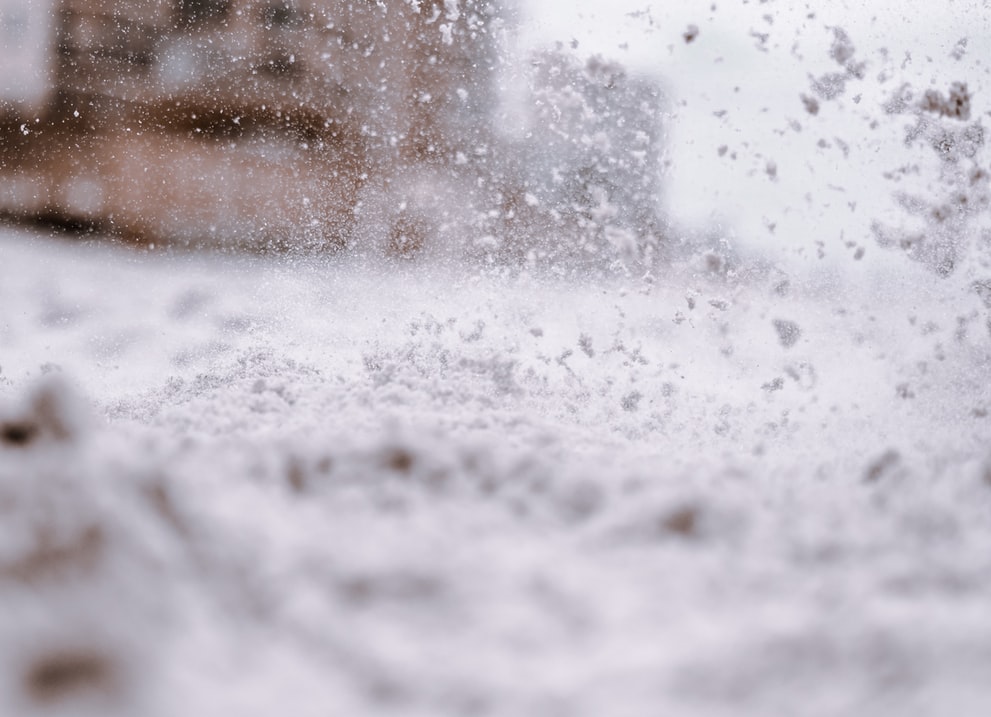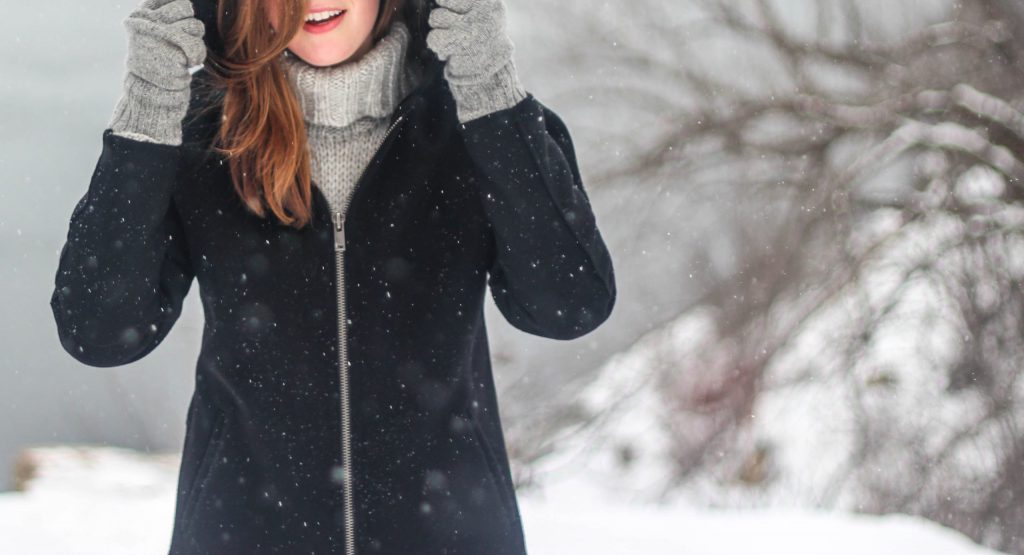Slips, trips and falls account for almost a third of workplace injuries and, when cold winter temperatures plummet, the risk of these incidents soars. Even without snow and ice, falling leaves make paths slippery, and with little daylight, this can spell disaster.
If a slip, trip or fall occurs this winter, can your business or organisation rest assured it’s done everything possible to meet its duty of care? As tempting as it is to be drawn in by the season’s celebrations, you shouldn’t rest on your laurels and must recognise the unique health and safety hazards that are present during winter months.
Under the Health and Safety at Work etc Act 1974, it is the duty of every employer to ensure, so far as is reasonably practicable, the health, safety and welfare at work of all your employees. This duty involves providing a safe working environment. However, winter poses an added challenge, as frost, snow and ice often appear on and around your premises, at very short notice.
With this in mind, we identify some of the seasonal risks you may encounter and the simple practical steps you can take to prevent harm.
Lighting
With the increased risk of slips, trips and falls, it’s important you make sure pedestrian routes and working areas are well-lit. Check whether the lighting around your workplace allows people to see and avoid hazards on the ground.
An easy way to find out is to ask your workers. Alternately, you can walk the main routes – in and outside. It’s important you do this throughout the working day as the light changes. If you can’t see the hazards on the ground, you’ll need to improve the lighting, for example, by installing new lights or changing the type of bulb.
No matter what size your site, you should regularly check the main walkways.
Lighting should always be put in areas with lots of traffic. With low light and poor visibility conditions, hi-vis clothing is particularly important.
Wet or decaying leaves

Fallen wet or decaying leaves create slip risks. They hide hazards on paths or themselves cause slips. Indeed, wet leaves can make walkways as slippery as roads when snow falls.
Keep paths clear of potential hazards and put procedures in place to regularly remove leaves. Make sure leaves are swept up or cut down trees if necessary – it might even be worth removing offending trees or bushes altogether.
Rainwater
Make sure the material used to pave paths and external areas is slip-resistant when wet. People should also be discouraged from taking shortcuts across wet grass or muddy ground, as they can quickly become slippery.
Consider whether any shortcuts can be converted into proper paths. Before laying new paths, think about how pedestrians might otherwise move around. Positioning paths correctly in the first place will save you a lot of trouble and money.

Other tips for combating the risks of rain include:
Keep on top of entrances. Slip incidents often occur at entrances to buildings where people walk in rainwater. Fitting a good-sized canopy over an entrance can help to prevent this, as can installing large, absorbent mats and providing a container by the door for people to store umbrellas so that they are not carried through the building.
Tackle areas where water might pool. Make sure your surface water drains are running freely so that areas liable to flood or where water can gather don’t become mini ice rinks in freezing temperatures. Likewise, deal with pot holes that can have the same effect - give priority to busy paths if resources are tight.
Alert people to hazards and risks. Be sure to clearly communicate with site users where the safe routes are. This could be via signs or notices, such as a marked site plan, or by email. You may need to close parts of your site that cannot be made safe.
Ice, frost or snow

To reduce the risk of slips on ice, frost or snow, you will need to assess the risk and have a system in place to manage it. Outside pedestrian areas most likely to be affected by ice need to be identified, for example:
- Building entrances;
- Car parks;
- Pedestrian walkways (and shortcuts);
- Sloped areas; and
- Constantly shaded or wet areas.
Monitoring temperature is key to prevention. Regional weather forecasts can be obtained from weather sites such as the Met Office, and you will need to act whenever freezing temperatures are forecast. Icy surfaces should be prevented from forming and/or pedestrians kept off slippery surfaces. Grit or similar can be used on areas likely to become slippery in frosty or icy conditions.
Walkways might be covered with an arbour or arch high enough for people to walk through. Alternatively, an insulating material could be used on smaller areas overnight.
Pedestrians should be directed to less slippery walkways and existing ones closed-off. Use temporary signs, cones or barricades to warn people of hazardous areas. Remember to remove any warning cones once the hazard has gone or they will generally be ignored.
Gritting
Gritting is the most common method of de-icing floors as it’s relatively cheap, quick to apply and easy to spread. Rock salt is the most common type of grit. Highways authorities typically use it on public roads to reduce the effects of snow and ice.
Salt stops ice forming and causes existing ice or snow to melt. It is most effective when it’s ground down but doesn’t work instantly. Salt needs time to dissolve into the moisture on the floor. Unfortunately, this takes far longer on paths than on roads.
When should gritting be done?
You should grit when frost, ice or snow is forecast or when walkways are damp or wet, with floor temperatures at or below freezing. Gritting is best done in the early evening before the frost settles and/or early in the morning before people arrive.
Remember, if you grit when it’s raining heavily, the salt will be simply be washed away. This will create a problem if the rain turns to snow, so you may need to look at whether further gritting will be necessary.
Compacted snow that turns to ice can be difficult to effectively treat with grit. It should also be noted that “dawn frosts” sometimes occur on dry surfaces. This is when early morning dew forms and freezes on impact with the cold surface. It can be difficult to predict when or where it occurs.
Snow clearance
You should have a snow clearance policy in place, especially if you have a large site/multiple sites.
Decide in advance how clearing will be handled, and make sure you have the people, contractors, equipment and grit in place to meet potential demand.
A good gritting contractor should organise all of this for you and ensure you are taking the right precautions.

Treat snow removal like any other health and safety task. Identify and assess hazards before you start and take all possible steps to eliminate or minimise them. Organisations who ask staff to help in gritting or clearing should ensure safe systems are in place to undertake this. Gritting and snow clearance can be physically demanding work.
Unlimited hands-on support, all year round
Employers sometimes worry that if they clear snow or ice and someone slips, then they are more likely to be subject to legal action than if doing nothing at all. However, provided you have a policy in place, plan in advance, and take suitable and sensible precautions, you can effectively reduce the risk of incidents and defend any claims that arise.






